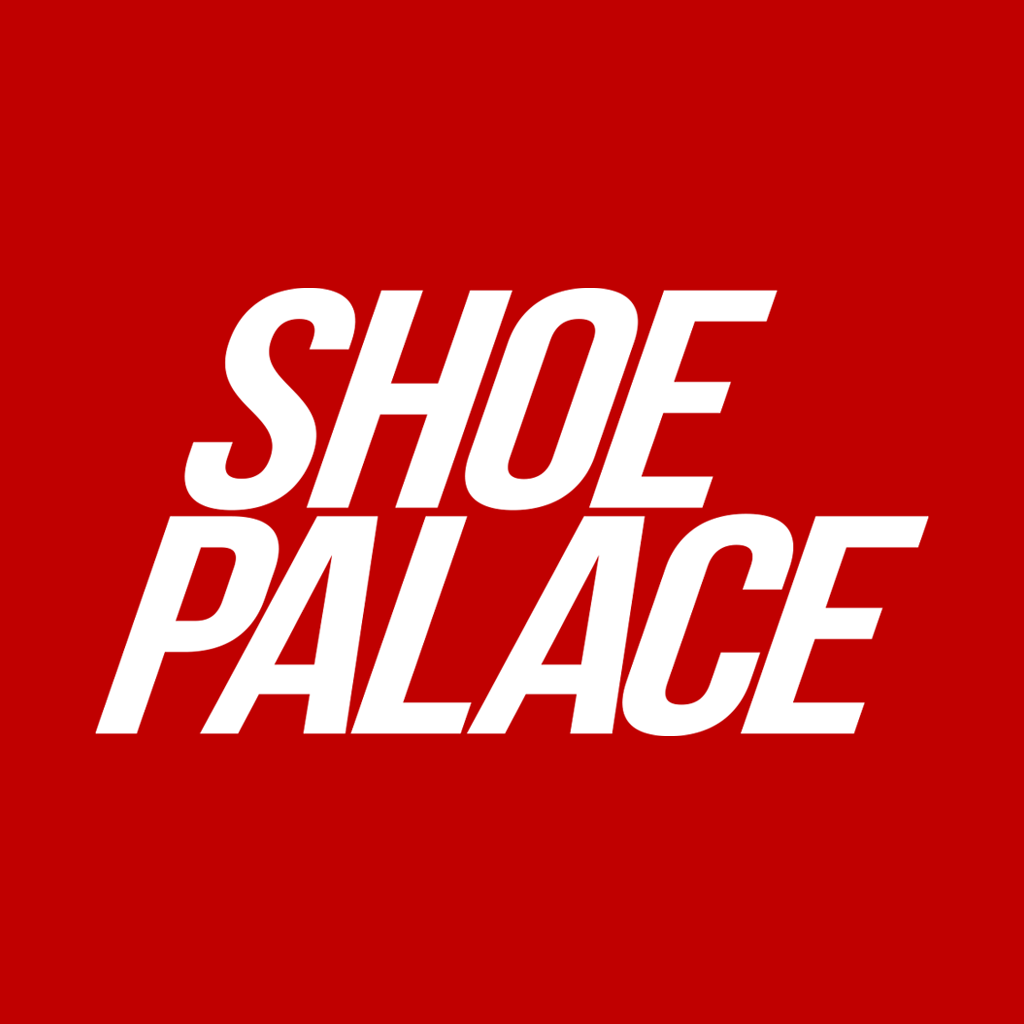The Nike Air Tailwind is one of the most important shoes in the storied history of Nike. It may not get the publicity and recognition of other iconic Nike models, but it helped to push Nike innovation forward. Learn more about the Nike Air Tailwind below.
Running On Air
Before Nike established itself as the dominant force in basketball, it was running where people most associated the Swoosh brand. The Nike Air Tailwind introduced the world to the Air Sole unit. The Air Sole unit was created by aerospace and tech specialist Frank Ruby and was brought to Nike in 1977. In 1978, the Air Tailwind would debut at the Honolulu Marathon. In 1979 it would be made available for everyone. The introduction of new technology would become a big piece of Nike’s allure moving forward. The Swoosh brand would consistently push sneaker performance into new and exciting places.
A Hit
The Air Tailwind was instantly a hit with runners and those looking for casual shoes to wear. The shoe would also inspire what came next from Nike, including the Air Force 1 and the Air Max 1. The Nike Air Tailwind is one of the most vital parts of Nike’s history. Its introduction of Air, via the Air Sole Unit, to Nike and footwear was groundbreaking.
Blue Ribbon Sports
Nike started as Blue Ribbon Sports in 1964. The company was headquartered in Beaverton, Oregon. Bill Bowerman and Phil Knight founded Blue Ribbon Sports. In 1966, the first Blue Ribbon Sports store opened in California. The storefront was an instant success, and a name change was needed.
NIKE, Inc.
In 1971, Nike would become the new name of the company. The winged Greek goddess of victory inspired the name. The iconic Nike Swoosh was also created in 1971. A graphic design student created the world famous logo. The logo was crafted to convey speed and the goddess Nike was its inspiration. The first shoes to feature the Nike Swoosh were the Nike Cleat and the Nike Waffle Racer at the U.S. Track and Field Olympic Trials in Eugene, Oregon.
The first Nike factory location opened in 1984 in Portland, Oregon. This led to the first Niketown opening in 1990, which was also located in Portland. Niketown was able to broaden the storytelling ability of the brand. Consumers could interact with the products in the store, learn more about them, and the athletes that endorsed them. More Niketown locations would quickly follow. Locations that would be placed all over the world. This would strengthen Nike’s status as a global retailer.
In 1996, Nike launched nike.com. The site focused on storytelling initially. It gave site visitors the chance to learn more about Nike’s large list of athletes. Storytelling has always been an important part of Nike’s brand. The storytelling has grown more mythical and epic as time passes on for Nike.
The Nike website got bigger and more unique in 1998 when NikeiD launched. The ability for the consumer to customize their own Nikes was trailblazing at the time. In 1999, the site fully transitioned from an editorial hub to an e-commerce platform.
- Adam C. Better


Back to All